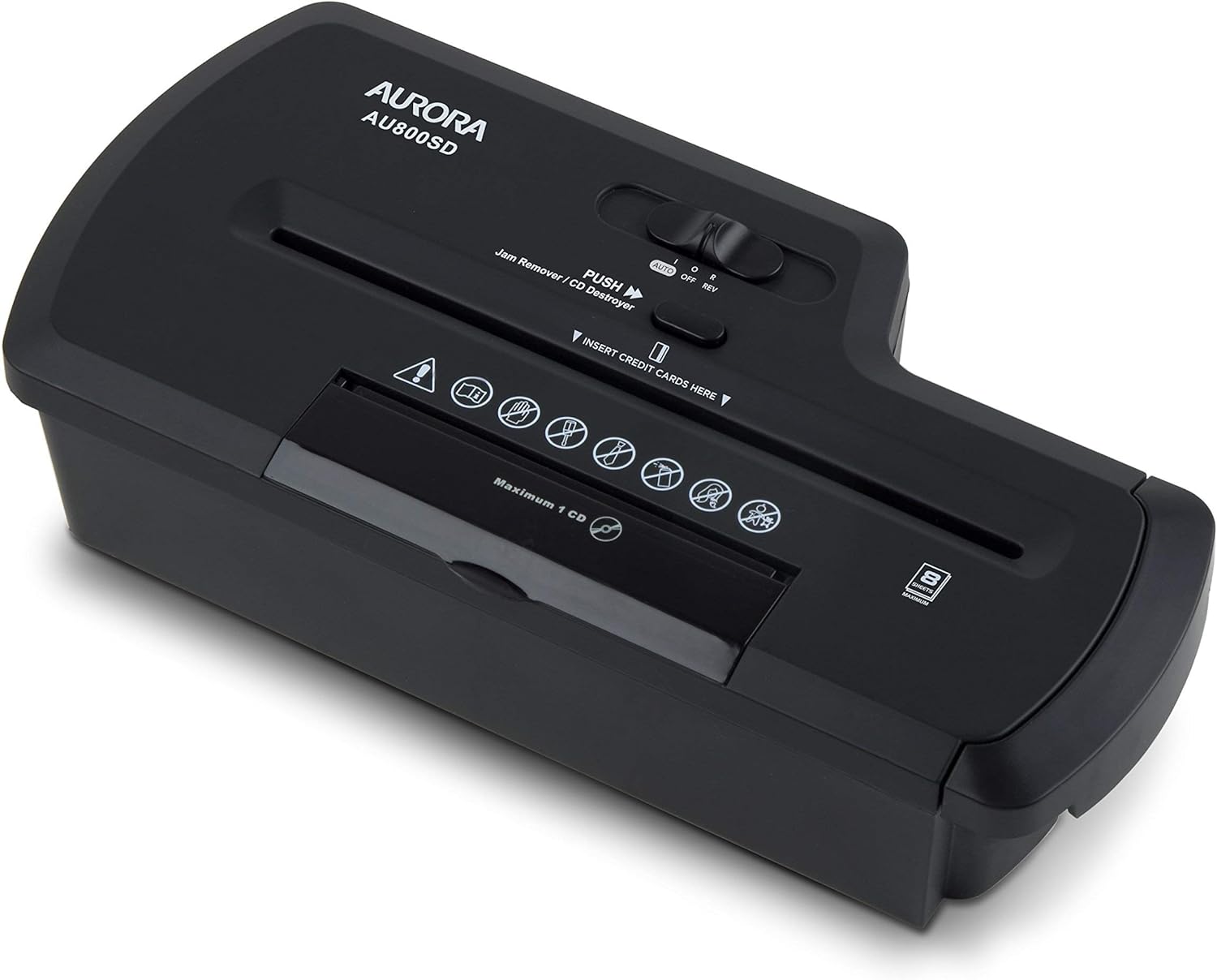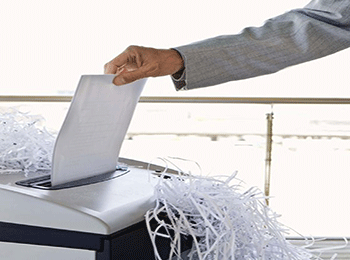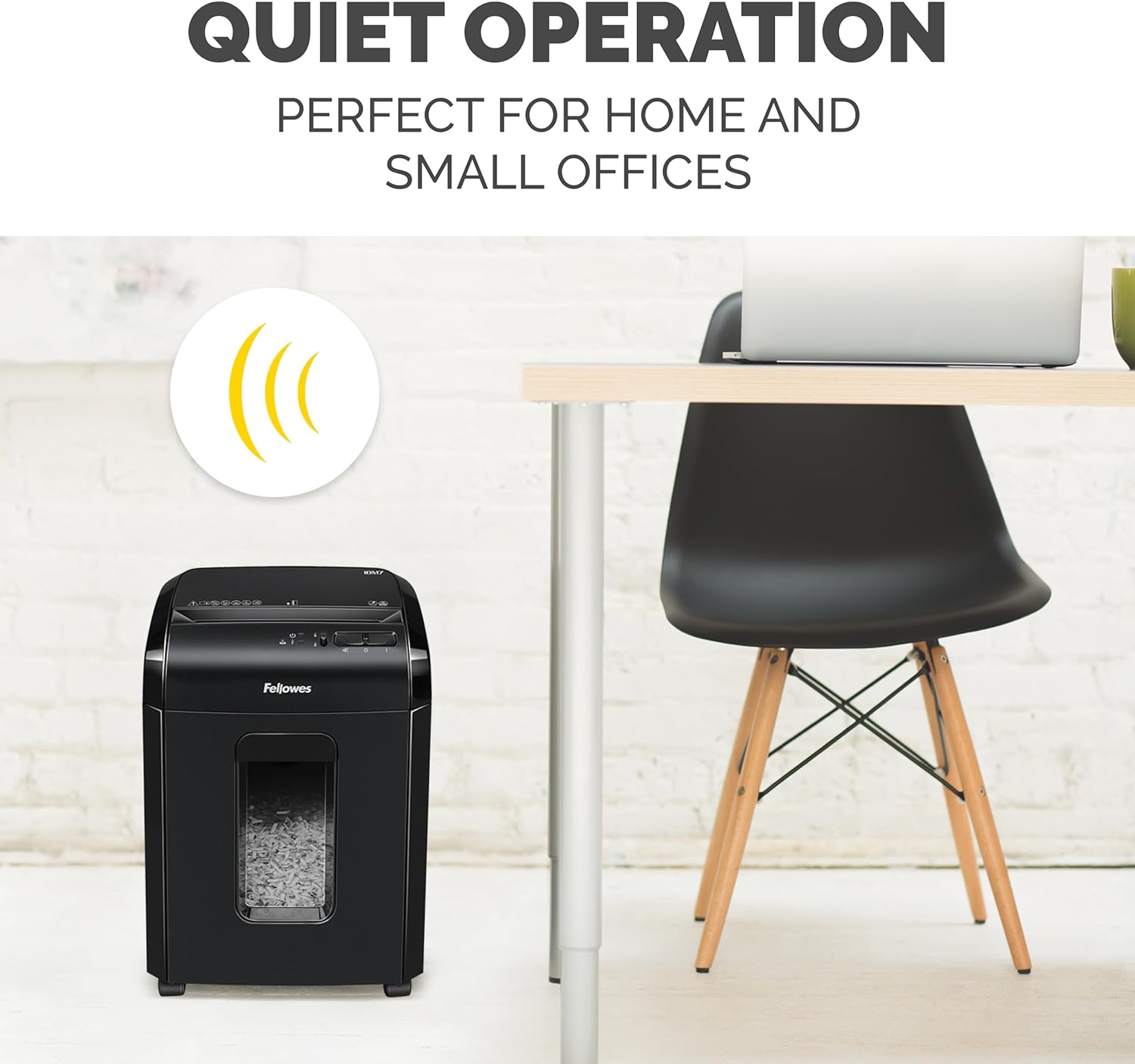Have you ever wondered how long a shredder typically lasts? It’s a question that often comes to mind when we rely on these trusty machines to safely dispose of our sensitive documents. With their sharp blades and relentless efficiency, shredders play an important role in protecting our privacy. In this article, we’ll explore the average lifespan of a shredder and provide some useful tips on how to prolong its longevity. So, sit back and let’s uncover the secret to keeping your shredder alive and kicking for as long as possible.
Factors that affect the lifespan of a shredder
When it comes to the lifespan of a shredder, there are several factors that can have an impact. From the quality of construction to the type of material being shredded, each aspect plays a role in determining how long your shredder will last. Let’s take a closer look at each factor and how it influences the lifespan of your shredder.
Quality of construction
The quality of construction is perhaps one of the most significant factors that affect the lifespan of a shredder. A well-built shredder can withstand the test of time, while a poorly constructed one may wear out quickly. When considering the quality of construction, pay attention to the materials used, the sturdy design, and the internal components. Opt for shredders that are made from durable materials and have a sturdy design. Additionally, consider the reputation of the manufacturer. Brands with a good reputation for producing high-quality products are more likely to offer shredders that have a longer lifespan.
Type of material being shredded
Another crucial factor that affects the lifespan of a shredder is the type of material being shredded. Shredders are designed to handle various materials, such as paper, credit cards, CDs/DVDs, staples, and paperclips. However, shredding thicker materials may put extra strain on the machine, potentially decreasing its lifespan. It is important to choose a shredder that is suitable for the materials you frequently shred to ensure optimal performance and longevity.
Frequency of use
The frequency of use also plays a significant role in determining the lifespan of a shredder. Shredders that are used occasionally will generally last longer than those that are used regularly or for heavy-duty purposes. If you only use your shredder sporadically, it will have more time to rest and recover between uses, reducing the risk of excessive wear and tear. On the other hand, if you frequently use your shredder or put it through heavy-duty tasks, it may experience more strain and have a shorter lifespan.
Maintenance and cleaning
Proper maintenance and regular cleaning are essential for extending the lifespan of your shredder. One crucial maintenance step is regular oiling, which helps to lubricate the blades and prevent them from becoming dull. Cleaning out any accumulated paper dust is also important, as it can affect the shredder’s performance and potentially lead to overheating. Additionally, replacing worn-out parts, such as blades or gears, can help keep your shredder running smoothly. Finally, proper storage is important to protect your shredder from dust, debris, and other potential damage.
Overloading and overheating
Overloading and overheating are two common issues that can shorten the lifespan of a shredder. Overloading occurs when you feed too much paper or material into the shredder at once, causing strain on the motor and other internal components. To avoid overloading your shredder, follow the manufacturer’s recommended guidelines regarding the maximum number of sheets or items that can be shredded in a single pass. Additionally, allowing your shredder to cool down after extended use is crucial. Many shredders come with thermal protection features that automatically shut off the machine to prevent overheating.
Age and condition of the shredder
The age and condition of the shredder are naturally important factors that influence its lifespan. A newly purchased shredder will generally have a longer lifespan compared to a used or refurbished one. When purchasing a used or refurbished shredder, it is crucial to carefully inspect it for any signs of wear and tear. Additionally, consider the warranty coverage provided by the manufacturer, as it can offer an extra layer of protection in case any issues arise.
Brand and model
The brand and model of a shredder can also impact its lifespan. Reputable brands that are known for producing high-quality products are more likely to offer shredders with a longer lifespan. Look for brands that have a reputation for quality and durability. Additionally, consider the features and reliability track record of the specific model you are interested in. Advanced features, such as jam prevention technology or auto-reverse, can enhance the performance and longevity of your shredder.
Environment and climate
The environment and climate in which a shredder is used can have an impact on its lifespan. Temperature and humidity levels can affect the performance and lifespan of the shredder’s internal components. Extreme temperatures or high levels of humidity may cause damage to the motor or other parts of the shredder. Additionally, dust and debris in the surroundings can accumulate and affect the shredder’s performance. Be mindful of the environment and climate in which you use your shredder to ensure optimal lifespan.
Type of shredder
The type of shredder you choose can also influence its lifespan. There are different types of shredders available, including strip-cut, cross-cut, and micro-cut shredders. Strip-cut shredders typically have a longer lifespan compared to cross-cut or micro-cut shredders, as they involve less complex internal mechanisms. Consider the level of security you require when choosing the type of shredder, but also keep in mind that the more advanced the shredder, the more maintenance it may require to keep it running smoothly.
User behavior
Lastly, user behavior can significantly impact the lifespan of a shredder. Proper usage instructions should always be followed to avoid any unnecessary strain on the machine. Reckless or aggressive operation, such as forcing too much material into the shredder or putting in items that are not meant to be shredded, can lead to damage and decrease the lifespan. Ignoring warning signs, such as unusual noises or frequent paper jams, can also contribute to premature wear and tear. It is essential to use the shredder as intended and to store it properly when not in use.
In conclusion, several factors affect the lifespan of a shredder. The quality of construction, type of materials being shredded, frequency of use, maintenance and cleaning practices, overloading and overheating prevention, age and condition of the shredder, brand and model, environment and climate, type of shredder, and user behavior all play a role. By considering these factors and properly maintaining your shredder, you can ensure its longevity and enjoy reliable and efficient shredding for years to come.



